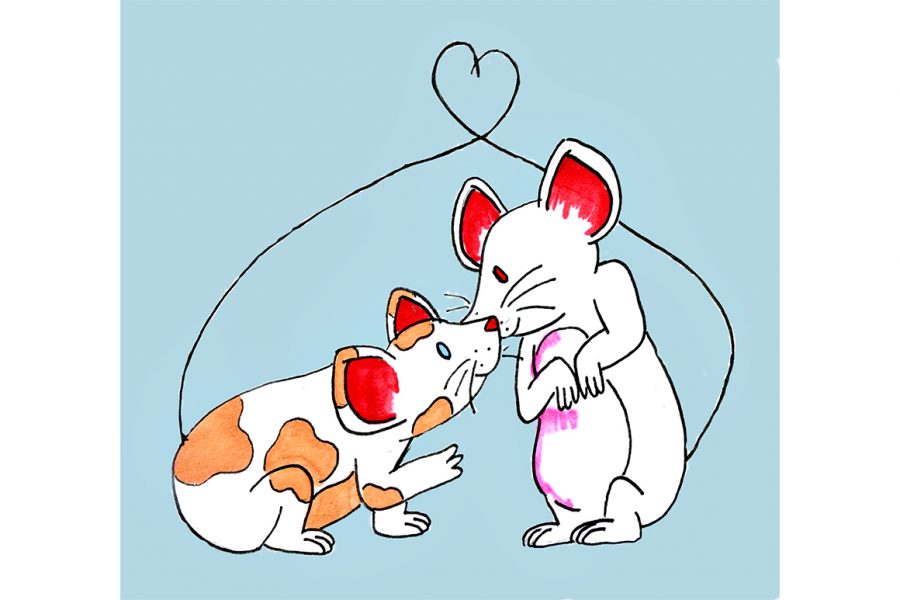UT researchers identified several genes associated with monogamy, revealing why certain species have one mate at a time.
The study, published in the “Proceedings of the National Academy of Sciences,” provides insight into animal behavior and vertebrate evolution, said Hans Hofmann, integrative biology professor.
The study defines monogamous animals as those that form a pair bond, jointly provide offspring care and jointly participate in defending resources necessary for survival, said Rebecca Young, integrative biology professor and the study’s first author.
“Animals that did not meet all three of these characteristics were classified as nonmonogamous animals,” Young said. “We studied fish, frogs, birds, mice and voles. There was one monogamous species and one non-monogamous species for all five animals.”
The expression of 2,000 genes found in both monogamous and non-monogamous males of each species was studied, according to Hofmann, the study’s senior author.
“We found consistent differences in the expression of 24 to 150 genes between monogamous and non monogamous males,” Young said. “These 24 to 150 genes had similar expression in the monogamous species.”
This means this set of genes is strongly associated with monogamous behavior, but the team did not study if they cause monogamy, Hoffman said.
“We think that this set of genes is part of a larger molecular and genetic mechanism that allowed the last common ancestor of all vertebrates to express a behavior of forming relationships with other individuals,” Hofmann said.
This molecular mechanism allowed the particular common ancestor to overcome their fear of having other individuals nearby and coordinate their behavior with other animals, which allowed for mating, Hofmann said. Over time, this mechanism could have evolved into the mechanisms that allow for the monogamous behaviors observed today, Hofmann said.
“In different species, (the mechanism) could have evolved to different extents,” Hofmann said. “It could have become more elaborate in a monogamous species and less elaborate in a solitary species where individuals only interact during breeding seasons.”
In a broader sense, this study exemplifies the resourcefulness of evolution, Young said.
“(The study) shows how complex traits may arise by an elaboration of various pathways that are shared by common ancestors of vertebrates,” Young said.















